How to Unclog a Toilet in a Few Easy Steps

By Marilyn Syarto
Toilets are pretty hassle-free—until they’re clogged, that is. Knowing how to unclog a toilet is a life skill that takes minutes to learn and comes in handy at the most important times.
Image via Shutterstock
If you have an immediate clog and the water in the bowl is up to the point of nearly overflowing, first reach behind the toilet and shut off the water valve by turning the knob clockwise while you figure out how to get rid of the clog. A quick web search might tell you to run to the kitchen for vinegar or baking soda to unclog the toilet—however, the ingredients are not strong enough to clear things in the pipes.
Why Do Toilets Clog?
It’s not just too much bodily waste that clogs a toilet. There are many reasons why you have this problem, including:
- There was too much toilet paper in the bowl
- You have an older low-flow toilet
- A non-flushable item made its way into the bowl
- The toilet trap is clogged
- The toilet vent is clogged (time for a plumber)
- The sewer line is clogged (this reason may also need a plumber)
What Toilet Paper Will NOT Clog a Toilet?
The problem with toilet paper is that we often use too much in one “sitting.” Toilet paper does not always dissolve fast enough and can’t be adequately flushed.
The cushiest, plush, comfy toilet paper—usually two-ply or more—is usually the culprit when it comes to clogs, while cheaper one-ply toilet paper breaks down faster. However, if your family uses one-ply toilet paper, there’s also a strong chance that someone may double the amount used to make up for its thinness.
Many toilet paper aficionados and those who have septic systems (versus sewers) say that buying toilet paper that says it’s made from 100 percent recycled material will dissolve better, quicker, and more completely than other brands. That’s because the fibers in recycled toilet paper are short and break apart in water quickly and easily. Or, you could buy toilet paper that says it’s “septic safe,” but that might just be a marketing tactic. There’s one way to find out—compare how different brands dissolve in water:
- Choose three brands of toilet paper to test.
- Set out three large jars.
- Put four to five squares of one brand into one jar, and do the same with the other brands, each in their own jar.
- Fill one jar with water, put on the lid, and shake vigorously for 10 seconds to mimic a flush.
- Repeat the same steps with the other jars. The most septic-safe toilet paper will start to disintegrate in the water.
Learn how to fix a wobbly toilet.
How to Choose a Toilet Plunger
Not every plunger works on every clog—there are specific plungers to tackle different types of toilet clogs. That common plunger with the shallow red cup and wooden handle? It’s actually not for toilets—it’s for sinks or tubs, or anything with a flat surface. The cup can’t create a strong enough suction on the toilet’s slanted drain hole to do the job. (If you have a bunch of useless plungers collecting dust, clean and repurpose them them.)
Two types of plungers will unclog a toilet: a toilet plunger with a flap/cup or an accordion plunger. Each one has its pros and cons.
Plunger with flap:
- Pro: It’s easy to use, thanks to the soft rubber flap in the middle to create a deep cup to cover the drain hole in the toilet bowl.
- Con: It’s designed so that the flap can be folded up and the plunger can be used for sinks and other drains, but that can cause cross-contamination.
Accordion plunger:
- Pro: Its smaller cup produces an excellent force on the toilet drain.
- Con: It’s not easy to create a vacuum seal with this type of hard plastic.
Image via Shutterstock
How to Unclog a Toilet With a Plunger
A toilet trap is that “S” or “P” shaped part of the toilet under the bowl. Its function is to create a barrier between sewer gases (both odorless and stinky) and the toilet bowl. If the trap is clogged, that’s actually good news because the problem is not so far down that you need to call a plumber (cross your fingers). A plunger will help to clear a toilet clog by using force to push the material through the top part of the toilet’s trap.
Tools/Supplies Needed:
- Plunger
- Rubber/protective gloves
- Bucket/container (optional)
Step 1: Shut Off Water Valve
If you’ve flushed and the water is rising, quickly reach behind the toilet to shut off the water valve by turning the knob clockwise. That will stop the flow of water and prevent an overflowing toilet.
Step 2: Adjust Water Line
Then remove the top of the toilet tank, reach into the tank (don’t worry, the water is clean), and lift the ball fill valve and remove the water line from the water overflow tube. This will stop water from flowing into the toilet bowl.
Step 3: Add Water
You may already have plenty of water in the bowl for a plunger to work; but if you didn’t have rising water and there’s barely any water in the bowl, add some with a bucket or container.
Step 4: Use Plunger
Grasp the plunger (whichever one you use) with both hands. Place the cup directly over the drain hole in the toilet bowl to create a tight seal. Give the plunger a few (10 or more) forceful and rapid thrusts to create the force needed to unclog the drain. Repeat the process a few times to break up the clog. If the clog is solid (as in a child’s toy), the plunger may have forced the item up the drain and into the bowl. If the water goes down, the clog is removed.
Step 5: Turn Water On
Turn the water back on by replacing the ball fill valve and water line in the tank. Also, turn the water valve (behind the toilet) back on by turning the knob counterclockwise.
Step 6: Flush
Give the toilet a test flush.
Image via Shawna Bailey
How to Unclog a Toilet Without a Plunger
Good old dishwashing soap may be able to unclog a clog that even a plunger can’t. You need patience with this method, but it works because the soap lubricates the pipe with the clog.
Tools/Supplies Needed:
- Dishwashing soap (any type) and some people use shampoo/conditioner
- Bucket
- Hot tap water (steaming hot, but not boiling)
Step 1: Add Water
Add a bucket full of hot water to the toilet (or as much as you can without it overflowing).
Step 2: Add Soap
Add a few generous squirts of dishwashing liquid into the clogged toilet bowl. Let the soap seep down through to the bottom of the bowl.
Step 3: Add More Water
Take another bucket of hot water from the sink (not boiling water, which could potentially crack the bowl). Pour the water into the bowl. However if the water is nearly to the top of the bowl already, put in as much water as you can without overflowing the toilet or skip this step.
Step 4: Wait
Wait until the water level in the bowl goes down (remember…patience). If nothing happens after 30 minutes, add more hot water. If you see some movement, wait a bit longer for the water to go down.
Step 5: Flush
Give the toilet a test flush.
How to Unclog a Toilet With a Toilet Auger
A toilet auger is a manual snake to unclog toilets and may be a more powerful way to remove a clog than a plunger.
Tools/Supplies Needed:
- Toilet auger/snake
- Dishwashing soap (optional)
- Old towels to mop up splashed water
- Protective gloves
- Protective eyewear (optional, but recommended)
Step 1: Add Soap
Add a few squirts of dishwashing soap to the clog (it may help lubricate the clog).
Step 2: Prepare the Auger
Pull back the handle of the toilet auger so that just the coiled end sticks out of the plastic sleeve.
Step 3: Insert the Auger
Carefully insert the tool into the toilet hole and up (the coiled end should be sticking up, not down). Just be careful the end doesn’t scratch the toilet bowl.
Step 4: Work Through Pipe
Take the back end and start slowly pushing it in to move the end through the pipe (it’s okay that the end may be scratching the interior pipe). The action will cause the metal coiled end to attack the clog. The end may become jammed, but keep working the end through the clog.
Step 5: Crank Handle
If you are at the end of the handle and there’s no more of the coiled end to push through, crank the handle one way, then crank it the opposite way. Keep cranking the handle back and forth in both directions.
Step 6: Take Auger Out
Slowly pull back the handle to bring the coiled end back up out of the toilet. SLOWLY take the auger out of the toilet. (This is when protective gear comes in handy.)
Step 7: Flush
Give the toilet a test flush. If the toilet is still clogged, repeat these steps.
How to Unclog a Toilet With a Wet Vac
Shop wet/dry vacs are powerful enough to unclog a toilet, but since a shop vac is so powerful, you should only use it as a last resort for tougher clogs. Important: Do not use a regular vacuum to unclog a toilet. You could ruin a regular electric vacuum or harm yourself. Only use a shop wet/dry vac.
Tools/Supplies Needed:
- Shop wet/dry vac
- Old towel
- Rubber gloves
Step 1: Remove Filter
Remove the filter from the shop vac—you don’t need it for this job—and if you leave it in, you will need to replace it anyhow.
Step 2: Suck Out Toilet Bowl Water Out
If you prefer, use the shop vac to suck out the water in the bowl.
Step 3: Insert Hose
Place the hose over the drain hole in the toilet bowl. Do not use any attachments, just use the hose. Shove the hose a bit into the drain hole. Wrap an old towel around the bottom opening of the hose and hold it there to get the best seal so the wet vac can pull out the clog.
Step 4: Turn on Hose
Turn on the hose with your other hand--the clog should become dislodged in around 10 seconds.
Step 5: Clean Shop Vac
When finished, sanitize the vac’s canister and the hose. Put the filter back into the shop vac.
Pro Tip: You may need a new toilet with a higher MaP (maximum performance rating). Buy one that has a MaP between 800 to 1000 for a powerful flush that eliminates most potential clogs. If you want to get into the details, also look for a new toilet with a fully glazed trapway, which means a slick surface reduces clogging.
Pro Tip: Plumbers will dispense this bit of advice every time—even if a package of wipes says they are flushable, play it safe and toss them in the garbage instead of taking the chance of having them clog your toilet.
Tips/Hacks for Difficult Cases:
When All the Bathroom Drains are Clogged
If your tub, shower, and sink are all draining properly, you can be assured that the clog is in the toilet. If your tub, shower, or sink is not draining well and the toilet is clogged, you may have a larger drainage or sewer line problem which requires a licensed plumber’s services. If you have a septic system, the holding tank may have reached its capacity which can result in a backup, including clogged toilets.
When the Toilet Vent is Clogged
A toilet vent allows fresh air to get into the plumbing lines so that odors do not build up indoors. The vent also allows strong flushes to prevent clogs. Clogged toilet vents require the services of a plumber, however, because the fix can be complex. You might be able to tell if you have a toilet vent clog (versus a trap clog) if you smell sewage indoors.




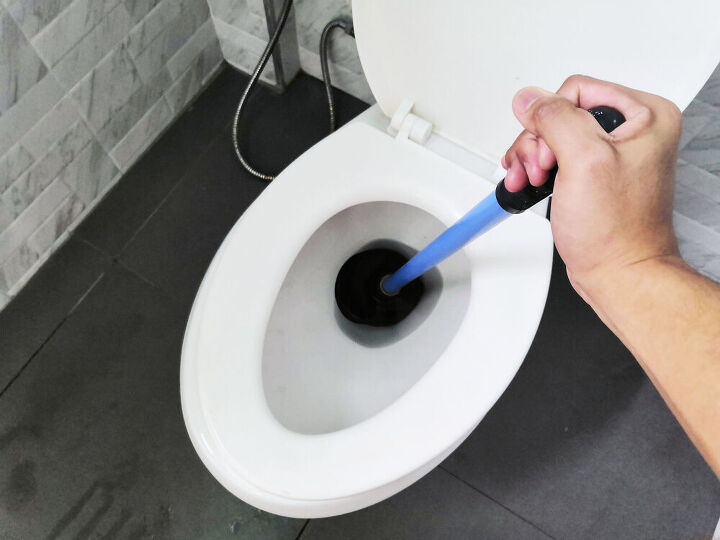

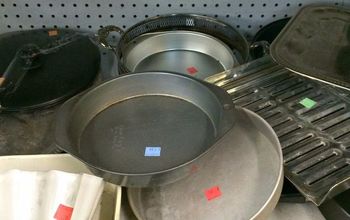
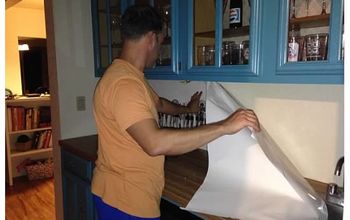
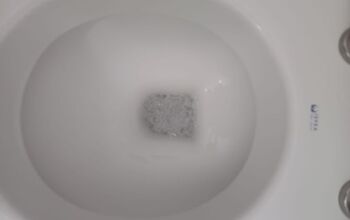
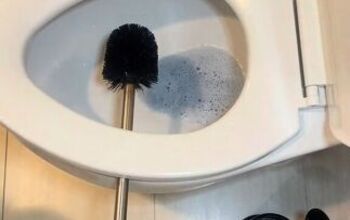

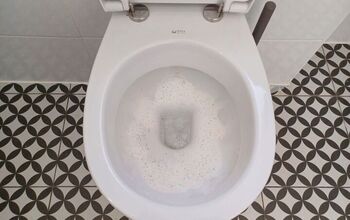
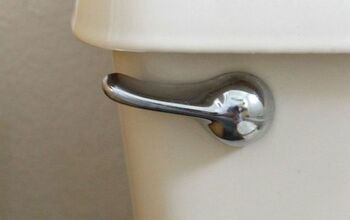
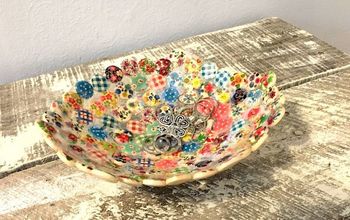
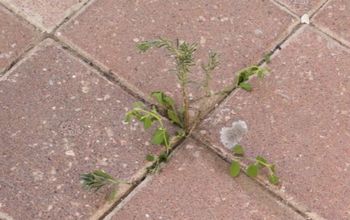











Frequently asked questions
Have a question about this project?